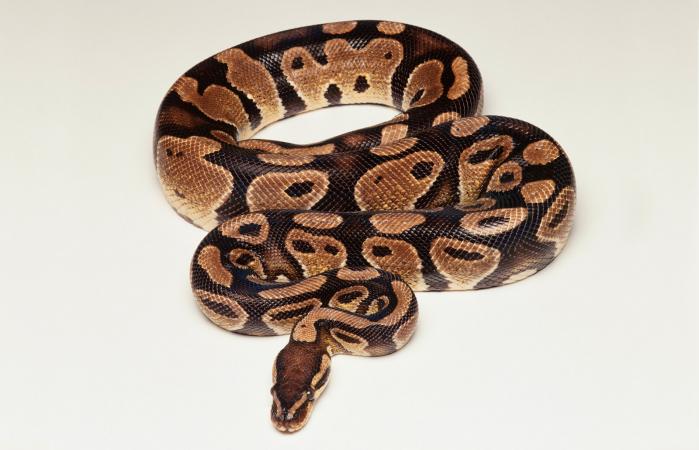There is nothing like a pet that can teach both you and your child about life in general. Of course, when most people think of a household pet they tend to think of a cat or dog. Well, who is to say that a ball python can be just a loving? They can be with the right care and environment. One great and unique thing about these reptiles in that they not only make excellent companions but are even easier to care for than what you would imagine. Just follow this simple guide and you’ll have your ball python living its best life.
The Enclosure
There is simply no denying the fact that there are many different ways that you can keep a ball python. However, the most popular is to keep him stored in a 15 pr 20-gallon terrarium. It is imperative not to go bigger than 25 gallons. This is especially true when the python is a baby. If you want to start with a 15 and go up to a 20 or 25, you can later on, but the idea is to at least limit your new pet to 25 gallons. The theory behind this is that smaller enclosures make pythons feel safer. And, you always want your python feeling safe. As the pet grows, you can increase the size. Some setups will offer plants and living organisms. This is excellent if you are trying to emulate or replicate the outside environment. However, a piece of wood or a branch or two will suffice.
Enclosing Multiple Pythons
You can read all the guide and information that you can find about ball python morphs and you will probably get mixed answers along with mixed reviews, but the real truth of the matter is that pythons need to be kept alone. That being said, there are some people out there that have successfully reared two pythons in the same cage, but this is really a rare case. You are just asking for trouble if you stick two pythons in the same cage because it will only lead to stress and tension. In fact, the only time that two snakes should be in the same cage is during the breeding stage.
Watering Your Snake
Most first-time python owners just don’t realize how important water is to a snake. You should make sure that you have a clean water bowl in your enclosure at all times. Not only should the bowl be clean, but it should only be filled with distilled water. Your best bet is to shy away from the tap water and opt for bottled water. Keep in mind that there are also many products on the market that can safely remove chloramine, chlorine, ammonia, and nitrites from your pet’s water. Not only will it remove the unwanted foreign substances, but it will fill the water with essential ions and electrolytes that will keep your new buddy energized and hydrated.
Get The Right Humidity
Humidity is always a major concern when it comes to pythons. Just on average, you need to make sure that your snake’s enclosure contains anywhere from 50 to 60 percent humidity. Babies might sometimes require a bit more, but this is more than an appropriate starting place. You should be able to pay close attention to the shedding process to tell if you need to adjust the humidity or not. A good rule of thumb is: if your python is having problems shedding, you need to kick up the humidity. A couple of quick and easy ways to raise the humidity without spending too much money are dampening the bedding with a spray bottle, put a larger water dish in the enclosure, add some plants, or install a waterfall feature.
In some parts of the world, it might be nearly impossible to get the humidity right, but you want to do everything within your power to give it your best shot. Aim for right around 60 percent humidity just to start.
Helping Your Python Sheds
Shedding is a normal part of a snake’s life. In fact, your snake will shed multiple times throughout his or her life. Babies will even shed more on a more frequent basis. This is just natural, but if you want to help the process along, you always have the option of kicking up the humidity a notch or two. You can usually tell when your python is getting ready to shed because they will try to find something to rub their little heads on. Whether it be a branch or a rock, this is just a natural part of your new buddy’s life.

